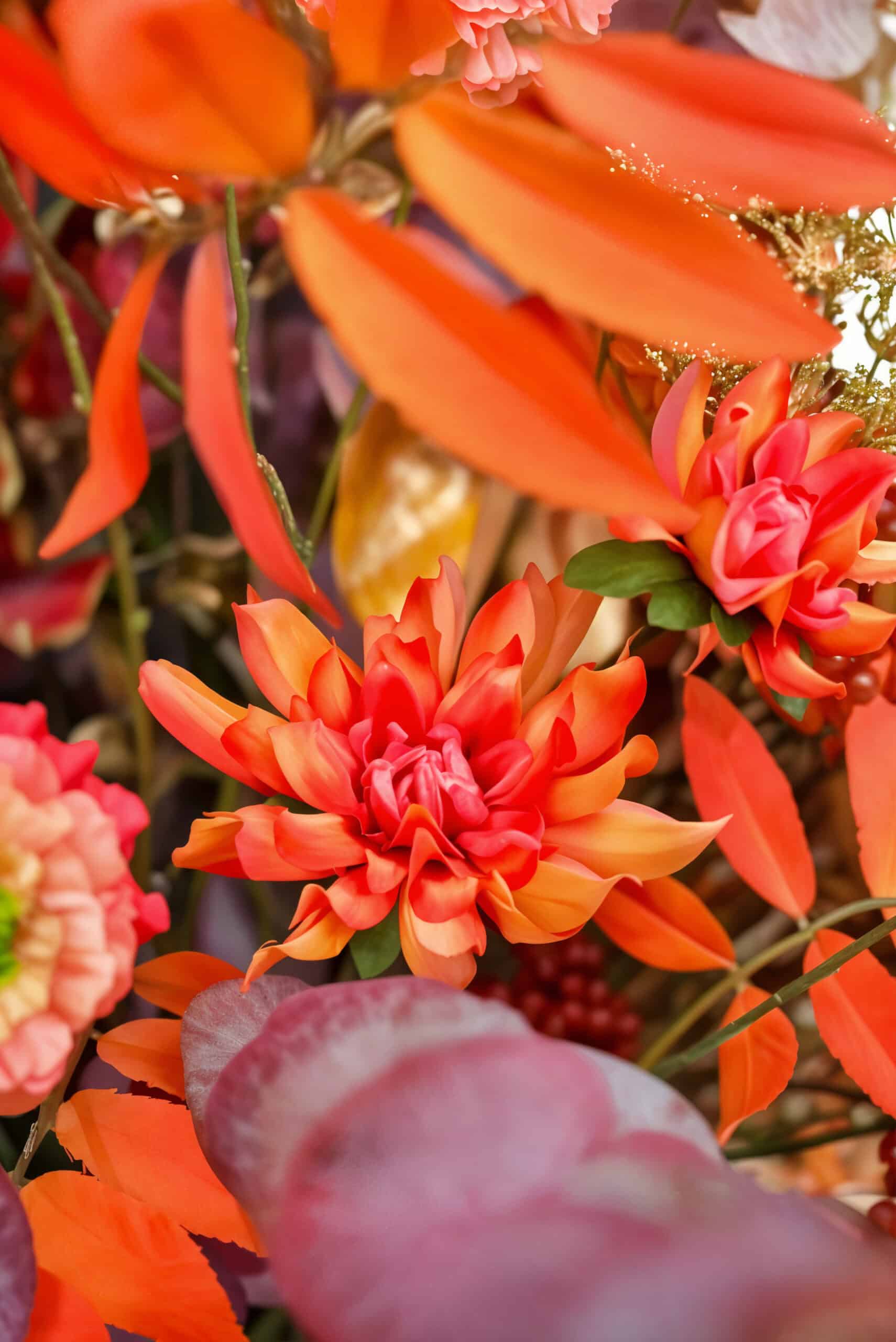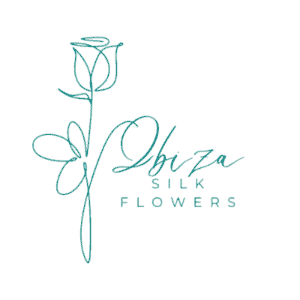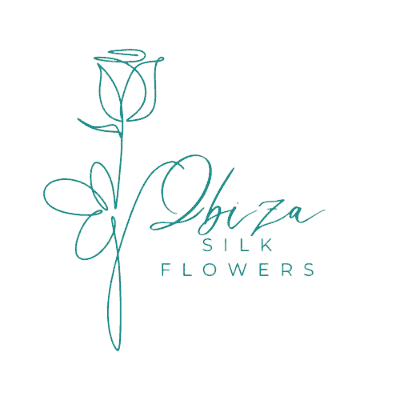“Floral Trends Through the Ages: From Victorian Elegance to Modern Minimalism”

Flowers have always played an essential role in human history, serving as symbols of love, celebration, and even rebellion. From the elaborate arrangements of the Victorian era to the sleek simplicity of modern minimalism, floral trends reflect more than just aesthetics—they tell the story of societal values, technological advancements, and cultural evolution. Let’s journey through time to explore how floral design has evolved and why these trends continue to inspire us today.
The Victorian Era: A Language of Flowers
In the 19th century, the Victorians elevated floral arrangements to an art form. Bouquets were rich with symbolism, with each bloom carefully chosen for its meaning in the “language of flowers” or floriography. For example, red roses conveyed love, while white lilies symbolized purity. Arrangements were lush and opulent, often featuring cascading greenery and tightly packed blooms in symmetrical designs.
Victorian homes were adorned with these floral creations, and flowers were a centerpiece of social rituals, from courtship to mourning. The era’s emphasis on abundance and ornate beauty has left a lasting legacy, inspiring today’s romantic and vintage floral designs.
The Art Deco Period: Bold and Geometric
The 1920s and 1930s ushered in the bold, geometric designs of the Art Deco movement. Floral arrangements took on a structured and linear form, with exotic blooms like calla lilies, orchids, and anthuriums dominating the scene.
These arrangements reflected the era’s fascination with modernity and glamour, pairing striking shapes with dramatic colour contrasts. Art Deco florals continue to influence contemporary designs, particularly in high-end events and luxury interiors.
The Mid-Century Modern Era: Simplicity Meets Nature
By the 1950s and 1960s, floral trends embraced the simplicity and natural elegance of mid-century modern design. This era saw a shift towards clean lines, minimalist arrangements, and a focus on the beauty of individual blooms. Ikebana, the Japanese art of flower arranging, heavily influenced this style, emphasizing balance, harmony, and negative space.
Tulips, daisies, and sunflowers became popular choices, reflecting a move towards casual sophistication. Today, the principles of mid-century modern floristry are echoed in minimalist and Scandinavian-inspired designs.
The Bohemian 1970s: Wild and Free
The 1970s embraced the bohemian spirit, and floral designs followed suit. Arrangements became loose, unstructured, and wild, often featuring dried flowers, pampas grass, and seasonal blooms. Earthy tones and a mix of textures defined this era, reflecting a connection to nature and a rejection of traditional formalities.
This trend has seen a major resurgence in recent years, with dried and wildflower arrangements becoming staples in modern boho weddings and home decor.
The 1980s and 1990s: Bright and Bold
The 80s and 90s were decades of excess, and floral trends reflected this exuberance. Bright, clashing colours and over-the-top arrangements were all the rage, often featuring tropical flowers like birds of paradise, heliconia, and bold roses.
Floral foam revolutionized the industry, making it easier to create intricate designs that maintained their structure. While the bold aesthetic of this era has faded, its influence can still be seen in playful, maximalist arrangements.
The Present: Sustainability and Minimalism
Today’s floral trends reflect a blend of past influences and modern values. Sustainability has become a driving force, with an emphasis on locally sourced, seasonal flowers and eco-friendly practices like foam-free arrangements. Real Touch and silk flowers have gained popularity for their lifelike beauty and long-lasting nature, offering an alternative to traditional fresh flowers.
Minimalist designs continue to dominate, with a focus on negative space and the beauty of individual stems. At the same time, nostalgic and vintage-inspired trends have brought back cascading bouquets and dried floral arrangements. This fusion of old and new allows for infinite creativity, making modern floristry a dynamic and inclusive art form.
Why Trends Matter
Floral trends are more than just aesthetic preferences; they reflect our collective mood and priorities. Whether it’s the Victorian reverence for symbolism, the Art Deco pursuit of glamour, or today’s commitment to sustainability, flowers have a unique ability to capture the spirit of the times.
As we continue to innovate with materials like Real Touch flowers and explore sustainable practices, the future of floral design promises to be as inspiring and diverse as its history. So, whether you’re drawn to the romance of the past or the sleek lines of modern minimalism, there’s a floral trend to speak to every era—and every soul.
Ibiza Silk Flowers are curators of sustainable floral artistry. Long lasting elegance, reimagined with silk.
Important Links
Contact
Sant Joan de Labritja, Ibiza, Balearic Islands, Spain
Copyright © 2025 Ibiza Silk Flowers | Powered by Sastra Wordpress Theme

